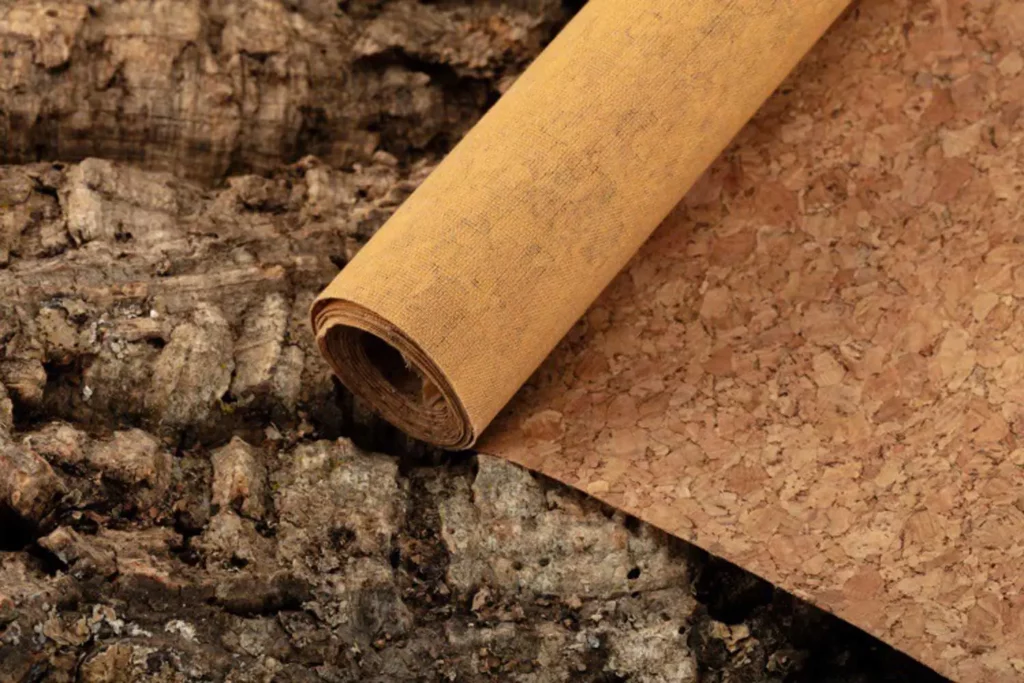
Sustainable design is not a fad. It’s the wave of the future. It’s not just about packaging made from recycled materials and using less plastic.
I continue below with a list of 20 fresh sustainable designs!
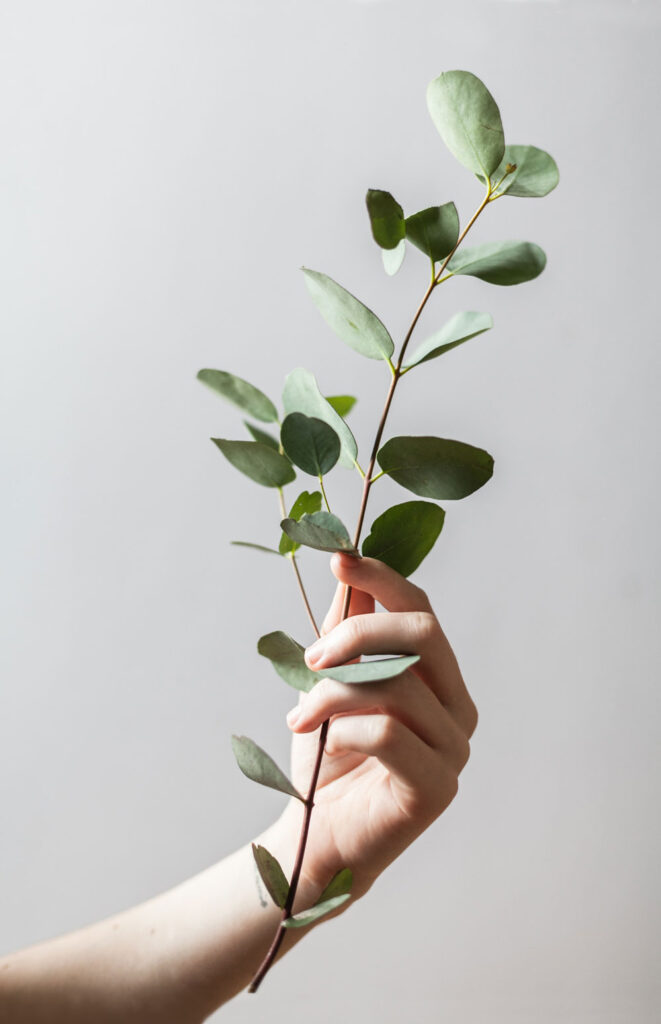
Grestel approached Amarilis Dias, André Guerreiro and Cristina Fernandes to develop a completely new product to be commercialized in the North American market. This is an eco-friendly lunch box with cork as the shell and ceramic as the liner. They felt that people were more comfortable eating on ceramic plates, whether the food tasted better or felt more comfortable, and they decided to bring that comfort to outdoor lunch boxes. And by linking this with the thermal insulation and protective properties of cork, which has the insulation to act as a heat insulator, and the elasticity and stretch of the cork to protect the ceramic inside, the final product became a modular lunch box. With different stoneware modules and three cork rings, users can adapt its use to their preferences, whether it’s for an outdoor picnic or a simple snack.
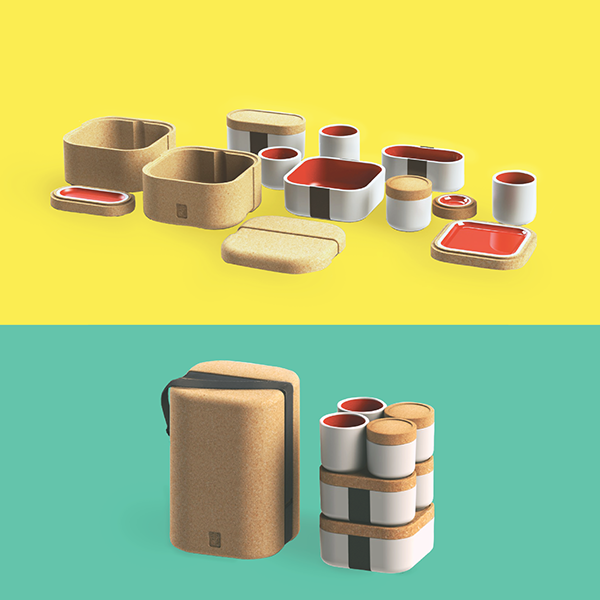
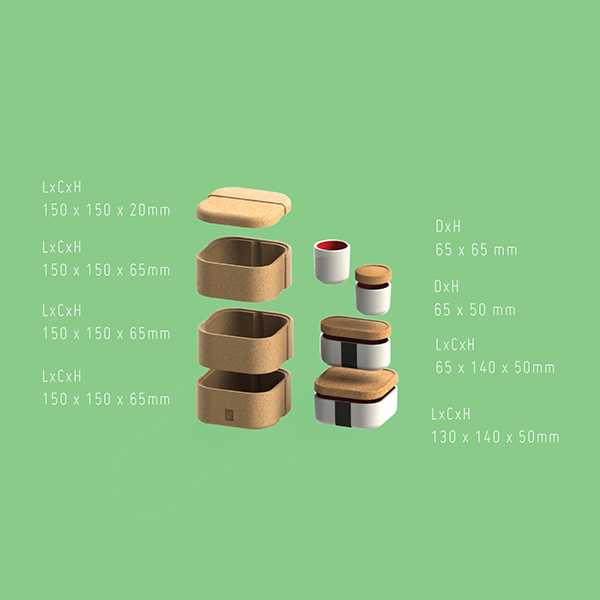
Magical Mushroom, a company known as “Magical Mushroom”, is the first factory in the UK to make packaging and products from mycelium.
They work with farms to reuse waste materials such as corn and wood, using licensed mycelium technology to generate new biomaterials and customize packaging and products. The new material has been tested to perform as well as polystyrene and has a cost-competitive advantage over traditional foamed polymers.
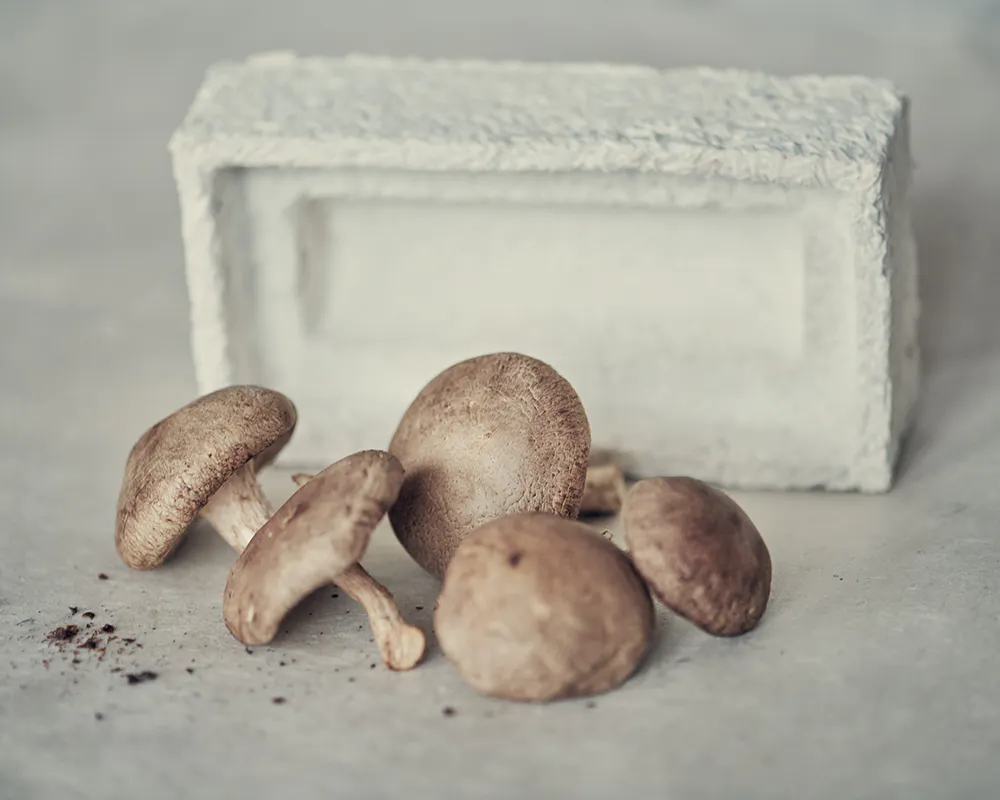
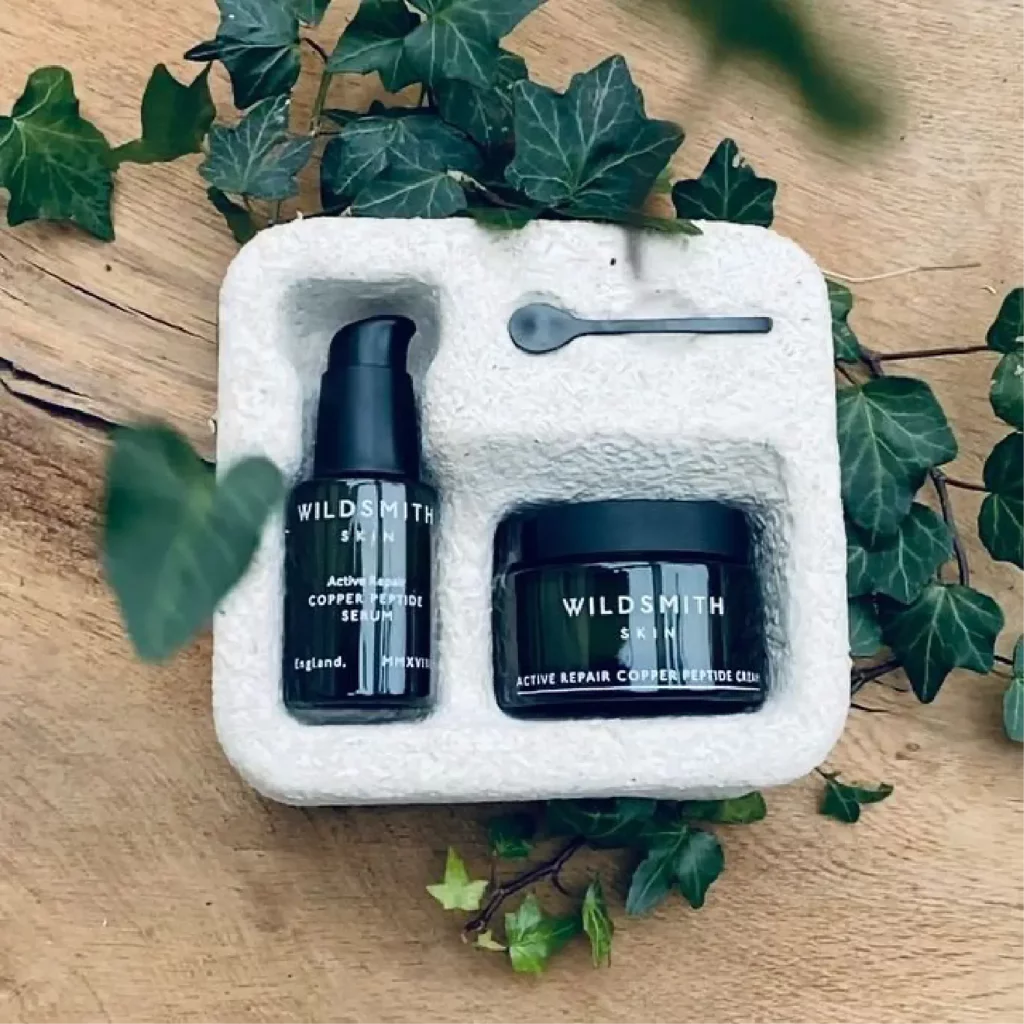
Magic Mushroom Company produces home compostable mushroom packaging that requires no chemicals or industrial processing. The company currently has two plants set up to produce in volume and can make any shape to custom requirements.
Magic Mushroom has formed a partnership with Tom Dixon and beauty and wine brands to develop and put into use sustainable packaging.
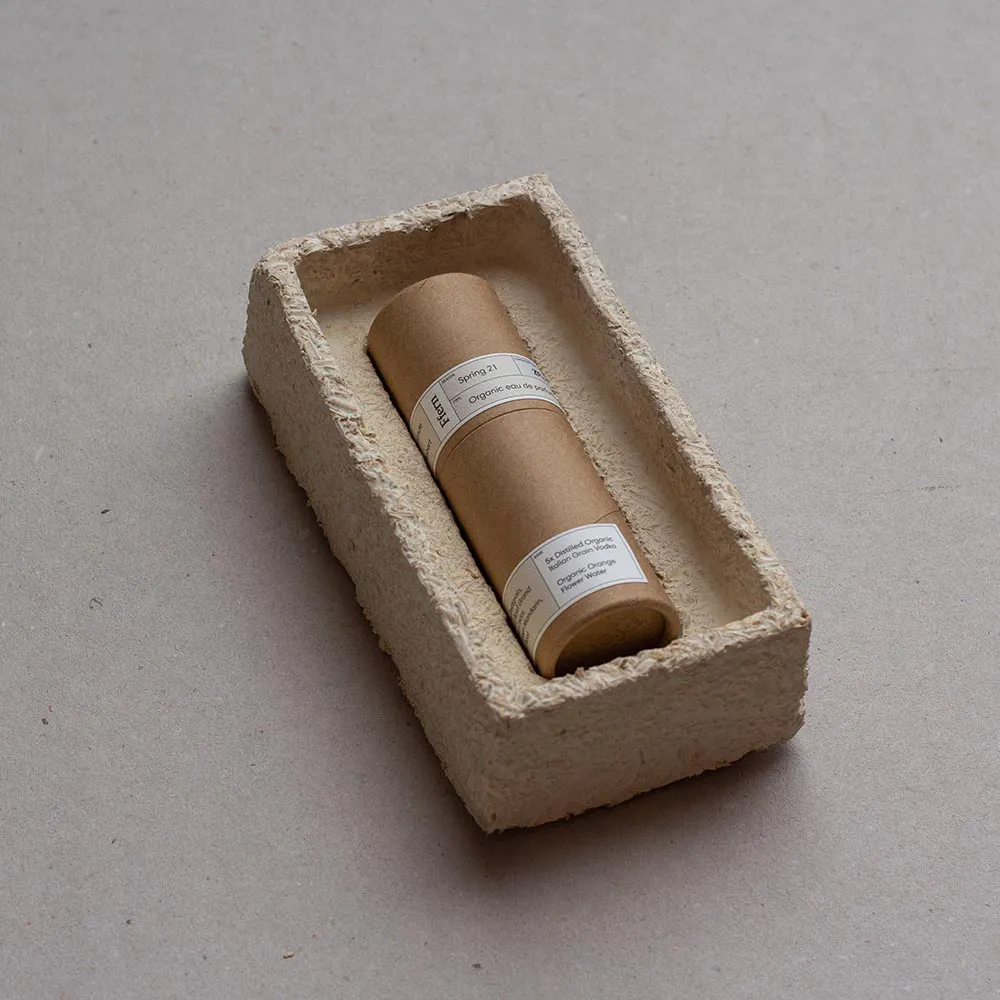
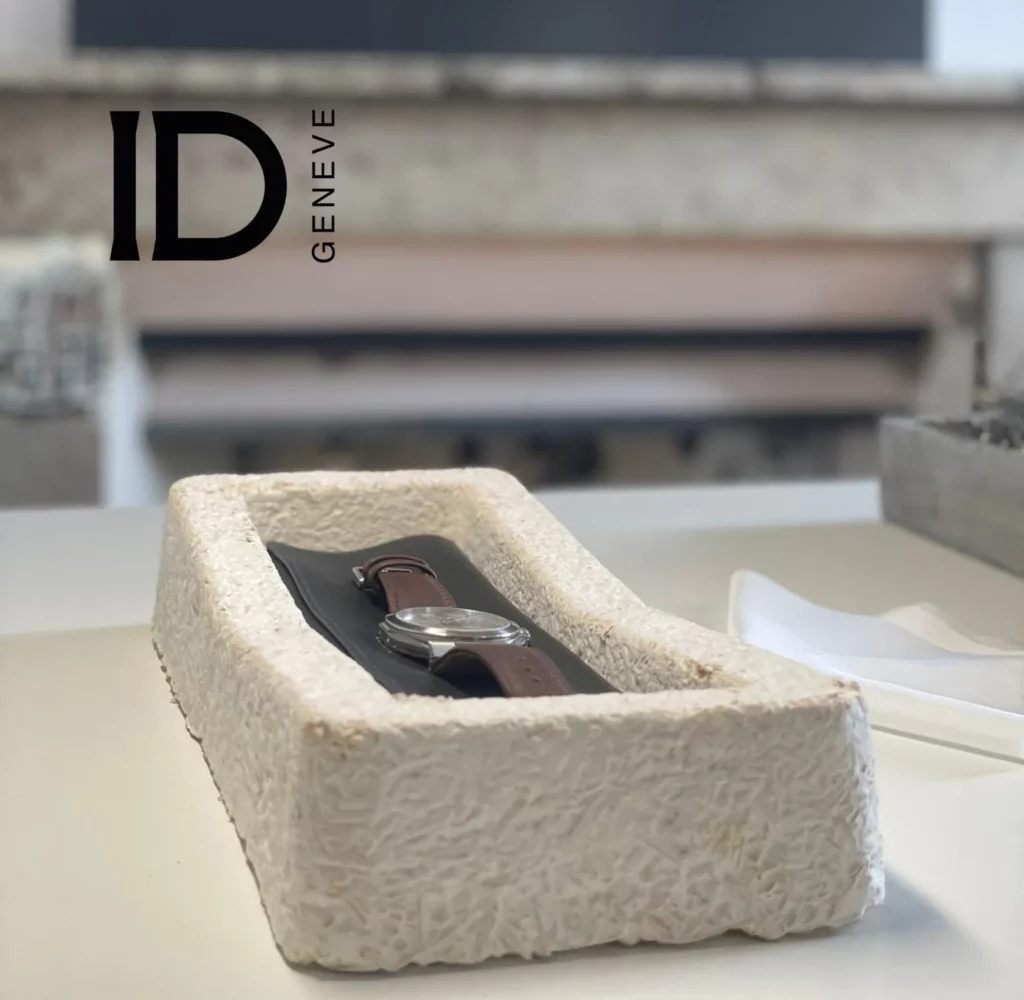
“What if you could grow furniture, lampshades or even entire houses? What if it were possible to live in harmony with nature and not produce things that are not part of the Earth’s natural life cycle?” In addition to packaging materials, Magic Mushroom is also experimenting with “grown home” products in an effort to move toward fully sustainable living through new interior design products.
Materia Madura, a woman-led sustainable materials and design company, uses local organic waste such as banana peels and coffee grounds to create home products.
Materia Madura develops new materials from these wastes, opening up innovative possibilities for sustainable design applications.
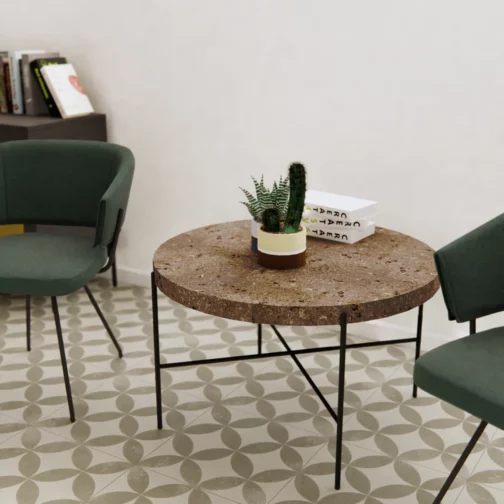
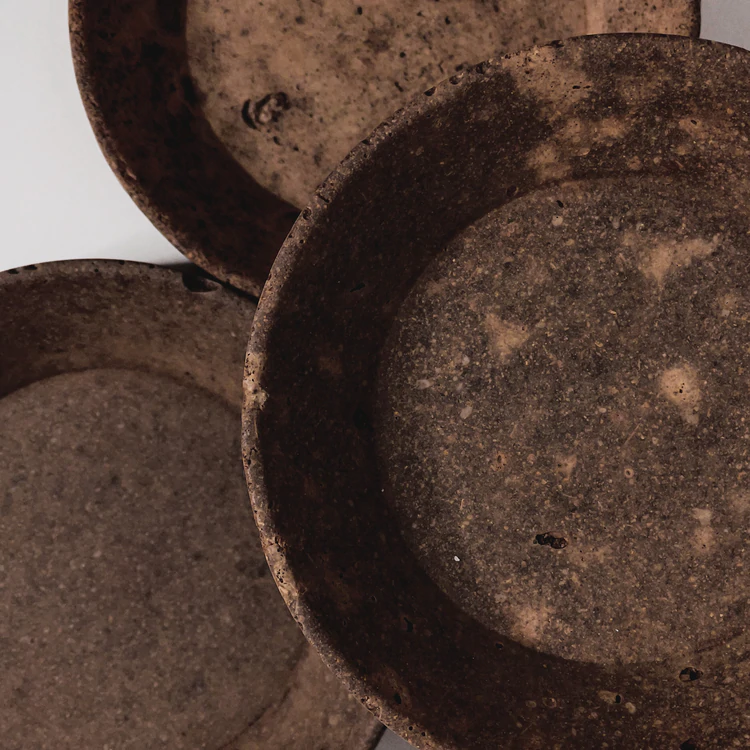
They develop candle holders, cups, food jars, tables, and a variety of other household products that are sold in partnership with branded companies to provide alternatives to local agricultural waste, food waste, and recycling.
Ana, the founder of Materia Madura, is a material, product and furniture designer with a background in furniture design, industrial design and architecture. She focuses on sustainability and material innovation to create effective and meaningful solutions to environmental problems.
In 2012, Ana began developing composite materials from banana peels and coffee waste and continued to refine them until 2015 when she finally launched the brand under the name Materia Madura.
Since then, Ana has developed a variety of products that have been exhibited in galleries, museums, and highly acclaimed design fairs.
A French company called Repulp Design has once again refreshed the perception of orange peel. Their products make it so you can’t even tell they are made of orange peel.
Repulp is a bio-sustainable project of citrus waste, and the orange peel is finally made into a cup. Each cup sells for 19.9 euros!
The founder, Victoria, was working in a restaurant when she noticed the amount of orange peels being thrown away and wondered if they could be reused. After much research, she created a bioplastic containing orange peels made from vegetables and mushrooms.
The material used is a large amount of orange peel, which comes from a juice producer in the south of France. The cups are made by using a press to remove all residual water and juice, turning the material into pellets that are 3D printed.
These cups are made from citrus waste, replacing plastic cups that can be recycled or composted.
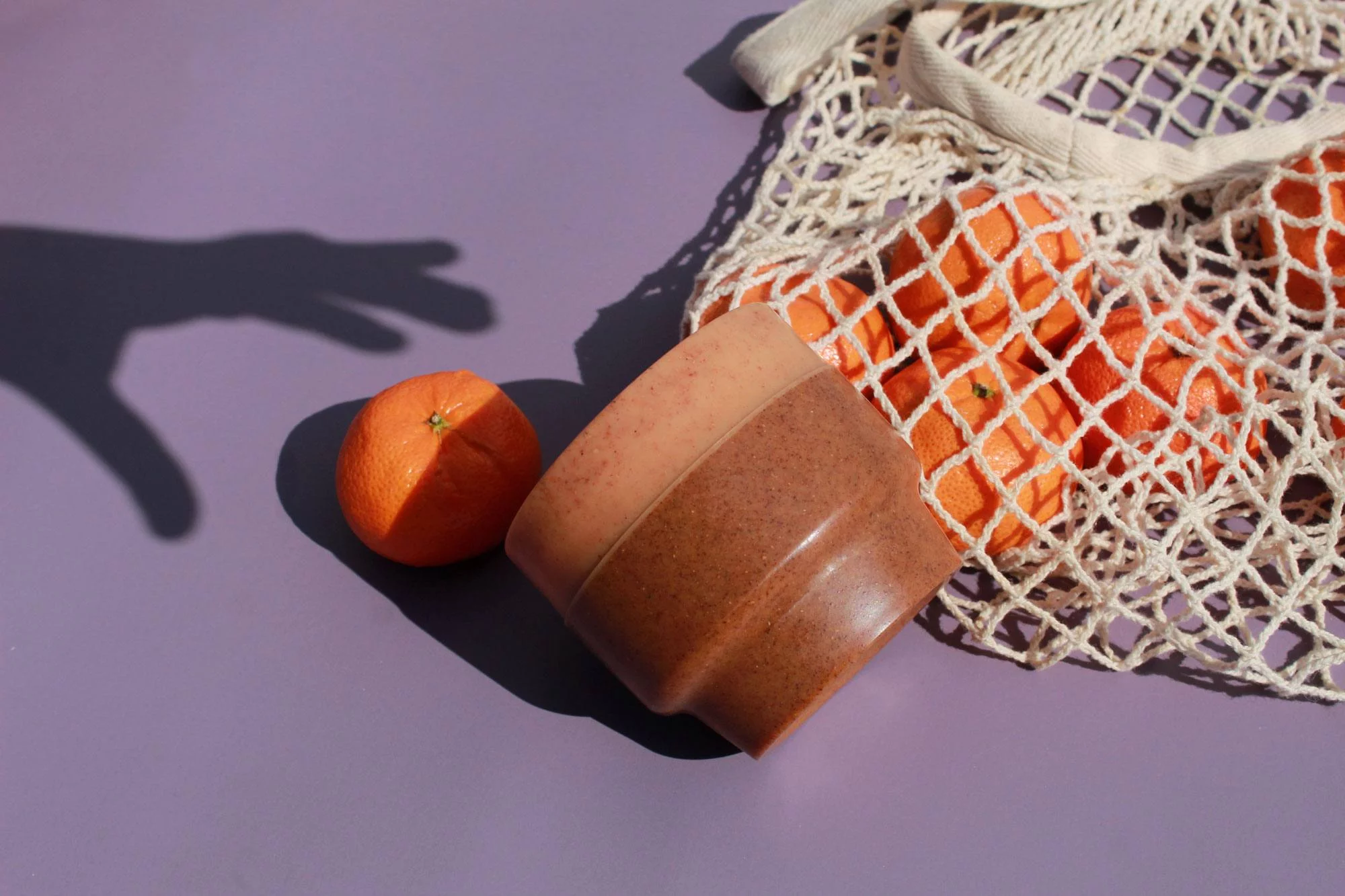
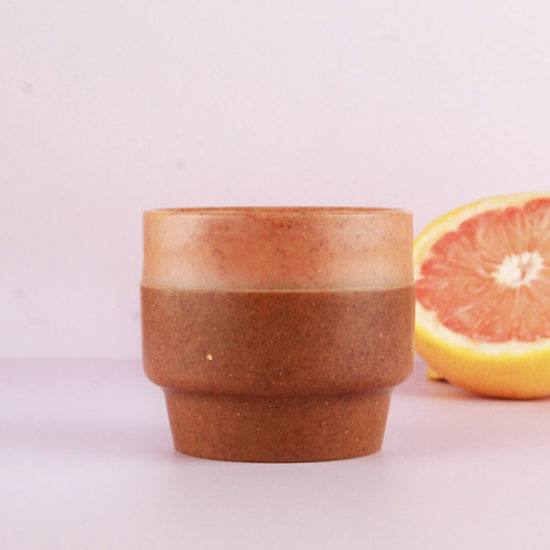
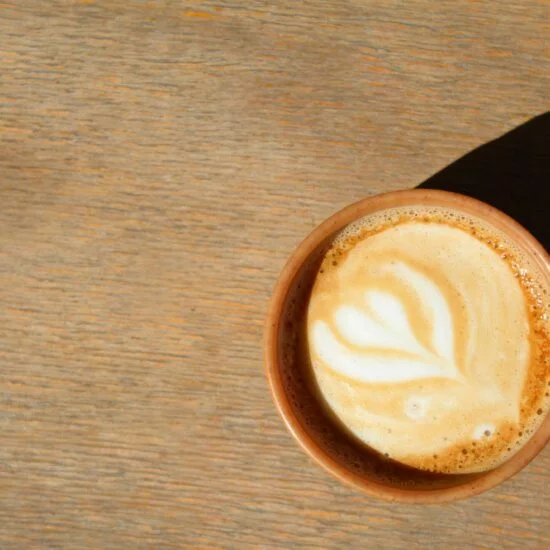
Architect and designer David Thulstrup created the MOMENTUM furniture collection from the marine plant eelgrass, which consists of four limited edition pieces: a low table, a high table, a lectern, and a screen.
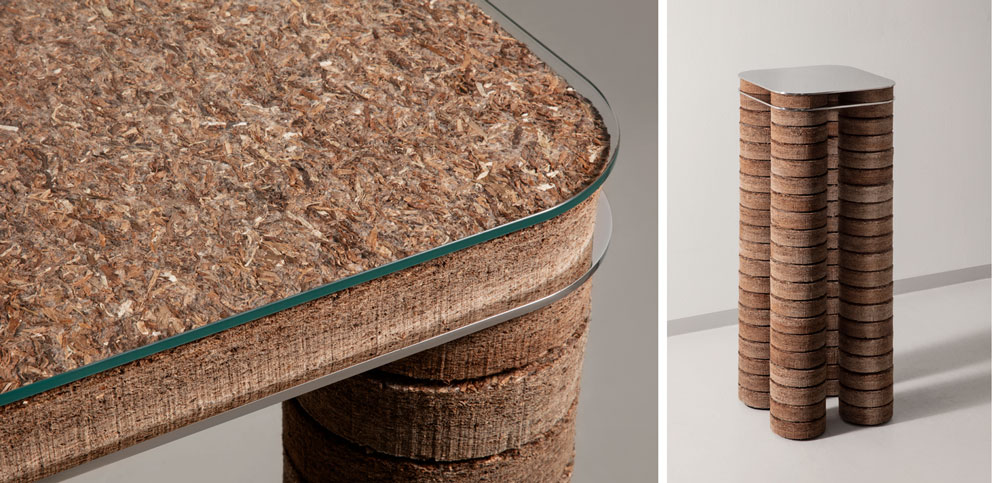
The furniture is based on natural plant materials that reduce environmental impact and carbon footprint while adding a custom version of interior design elements to the space.
Eelgrass absorbs heat and moisture, similar to cork , while it is also highly resistant to fire, mildew and rot, and contains no toxic additives, contributing to indoor air quality.
The supports in the MOMENTUM collection take the form of Søuld’s sound-insulating mats, and the designers have also integrated glass and steel into the components.
Pi Fabrin, co-founder of Søuld, said, “Thulstrup’s design highlights the natural beauty and tactility of the material, while respecting the cultural heritage of eelgrass and meeting today’s design and environmental needs.”
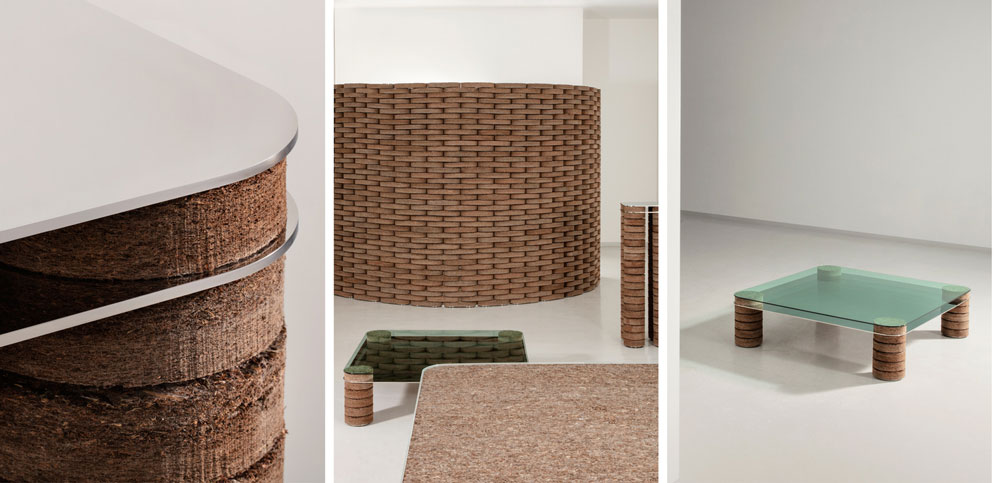
Designer David Thulstrup says, “Using eelgrass not only for its properties, but also because it is natural, sustainable and revolutionary, I particularly like the tactile, tonal and salt smell of eelgrass.”
Dutch-based brand Marie Bee Bloom embeds flower seeds into single-use rice paper masks to reduce plastic pollution and bring the masks back to nature.
The masks themselves biodegrade on their own, whether placed in the garden or disposed of as regular trash. After planting it into the soil and watering it, the seeds will begin to germinate in about three days and eventually grow into nice little flowers.
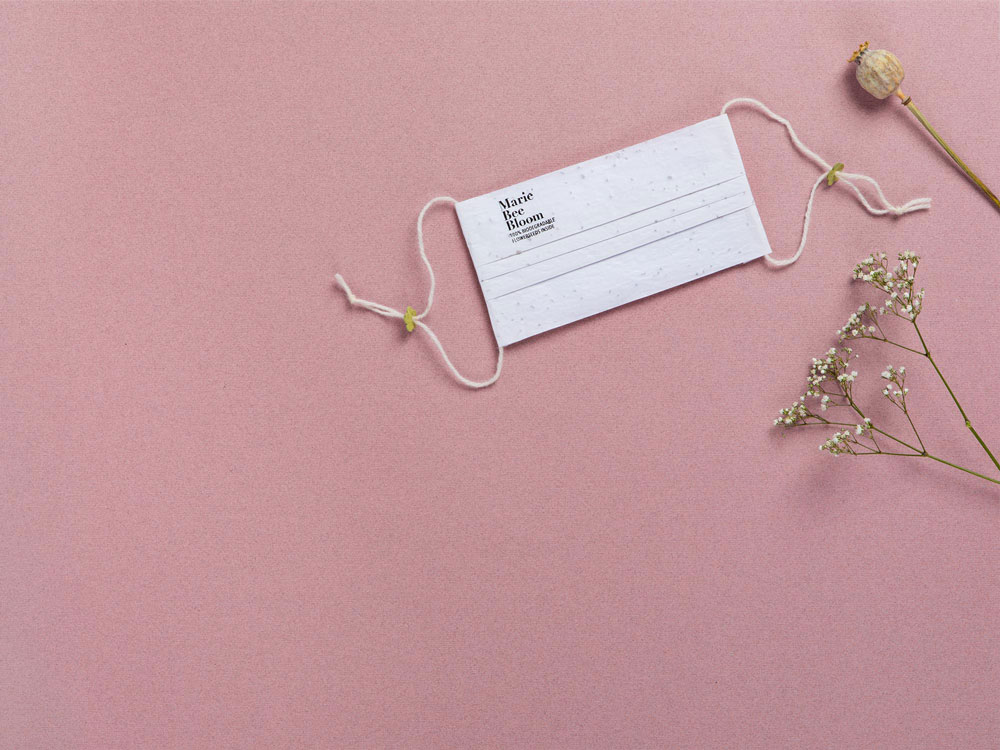
In the wake of the epidemic, many sustainable designers became concerned about the environmental pollution caused by disposable personal protective equipment such as masks, which are made of plastic and take up to 450 years to biodegrade, and also break down into microplastics that enter the human food chain.
Marianne, the brand’s founder, wanted to reduce pollution while actively restoring the natural environment by cultivating flowers that are easily pollinated by bees.
Seeds of a mix of seven wildflowers, including daisies, petunias and cornflowers, are fixed between two sheets of rice paper bonded with potato starch and water and placed inside the mouthpiece.
“After being ‘tripped up’ by the disposable masks thrown everywhere on the street, I decided to design a biodegradable mask with flower seeds inside – and a happy planet, a happy nature, with happy people,” Marianne says.
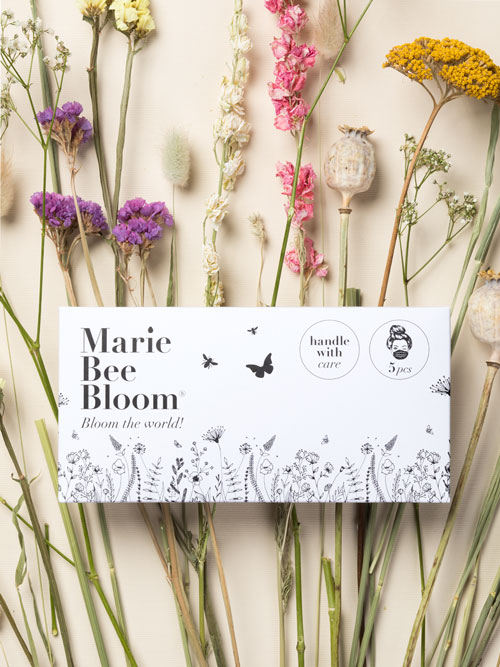
The elevator gallery on the ninth floor of the Luma Arles Art Center building is studded with a “salt wall” made of more than 4,000 salt crystals. The salt slabs that cover the wall were created by Henna Burney and Kalijn Sibbel, designers at design lab Atelier Luma, using ancient salt marshes in the south of France.
Burney and Sibbel’s research on salt is part of an existing project at the lab, which chose an ancient salt marsh called Salins du Midi – an area that has been producing salt since the 20th century and where salt use is now greatly reduced, making it a rich material to explore and use.
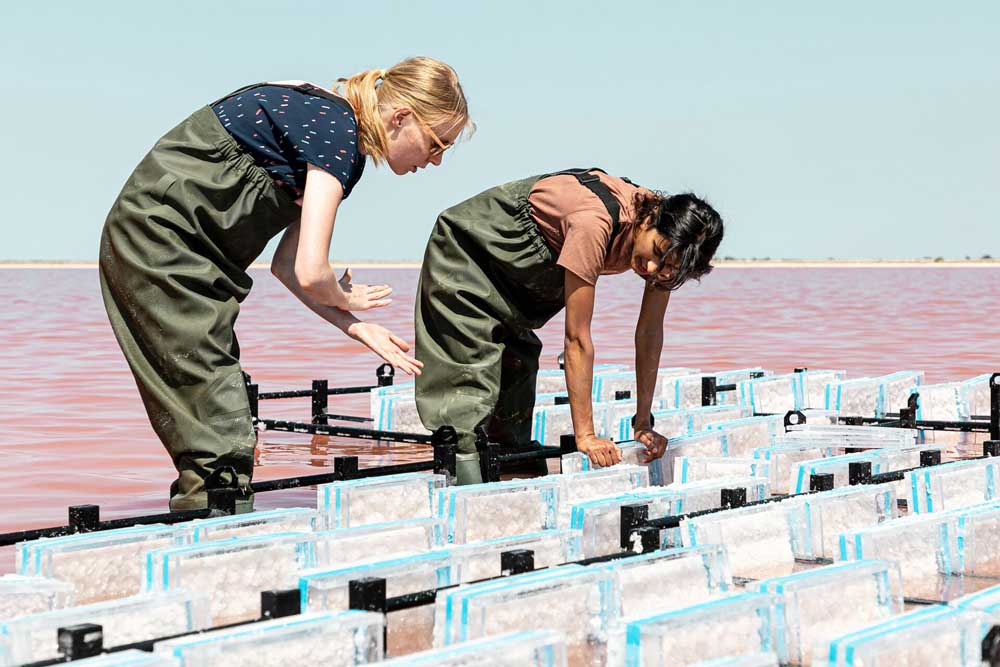
To create the “salt wall,” the two designers used a custom metal mesh frame that was submerged under the salt marsh’s water to spread salt crystals across its surface. The natural crystallization process takes about two weeks and is completely dependent on the sun and wind.
The finished covered panels take on a glass-like texture and, according to Atelier Luma, they are also fireproof and safe for use in public spaces.
The project aims to explore the natural crystallization of salt and to develop new applications of the material in the field of design and architecture.
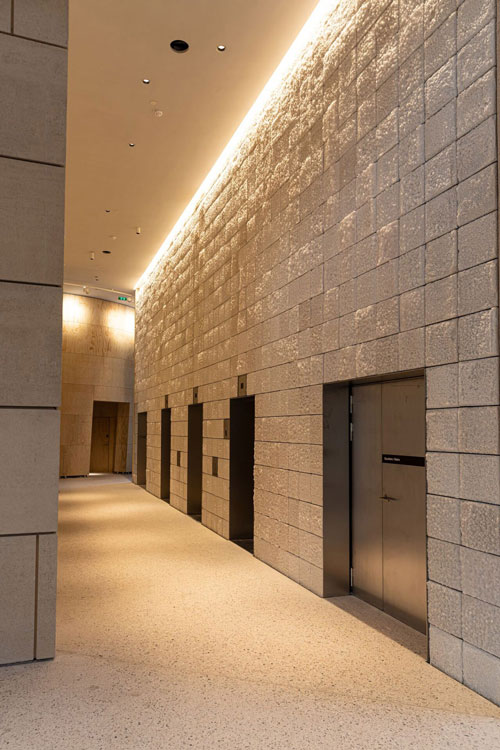
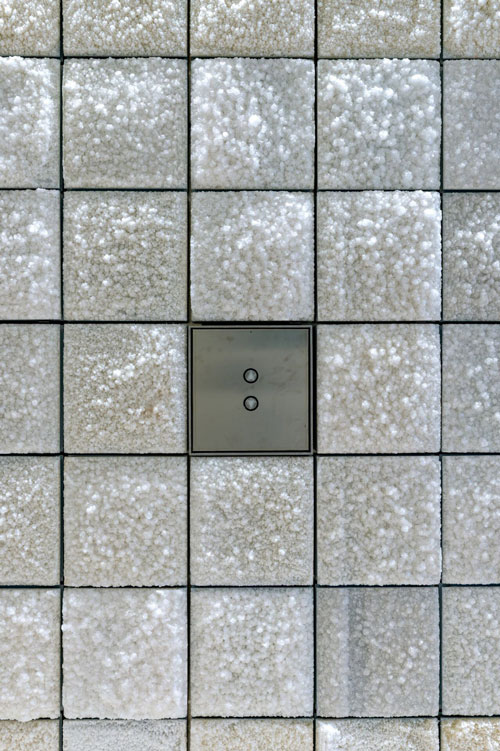
FIBandCO was founded in Martinique, where they developed a new material made of banana fiber as a green alternative to wood.
FIBandCO’s first product, GREEN BLADE®, is a sustainable veneer based on banana fiber.
Although the design community was less aware of recycled materials than it is today, they still won numerous awards against the backdrop of only one prototype and an emerging product line.
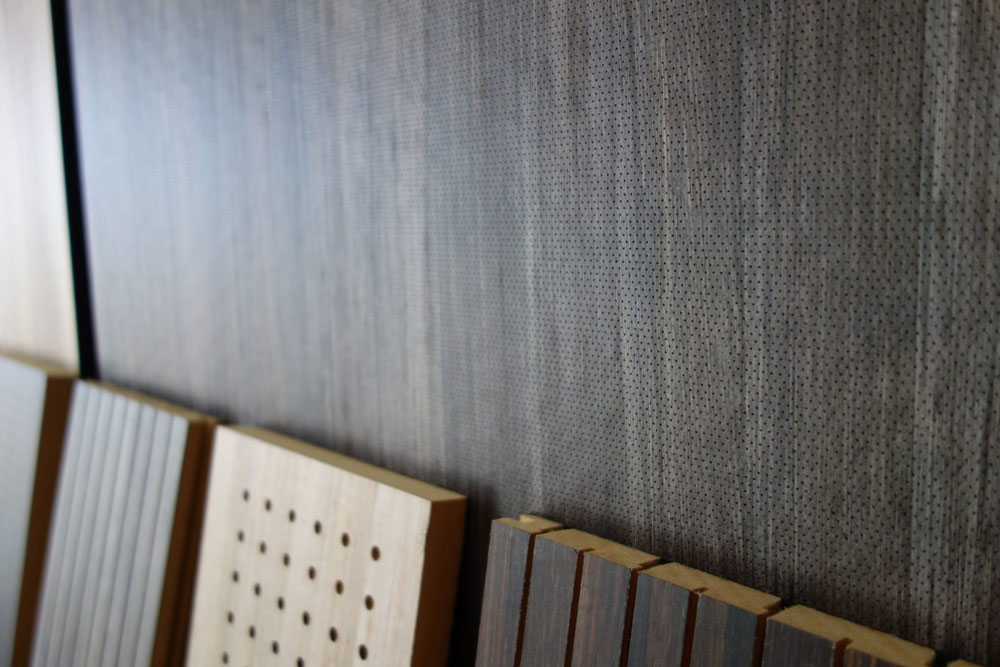
GREEN BLADE® has a vertical texture that can be used directly without splicing, and its strength can be applied to architecture.
It is available in 10 colors and has been used in many projects such as the new tennis courts of the French Tennis Network in Paris, the restaurant designed by P. Starck and the Wilmotte project.
No water is used in the production of GREEN BLADE® and the factory is run using solar energy, further demonstrating their commitment to sustainability.
The brand says that banana fiber is one of the most abundant fibers on the planet, and they hope to broaden awareness of its sustainable applications and become a leader in the field.
Designers and creatives are still learning to use the material and finding new applications for it, including the construction industry, the packaging industry and more.
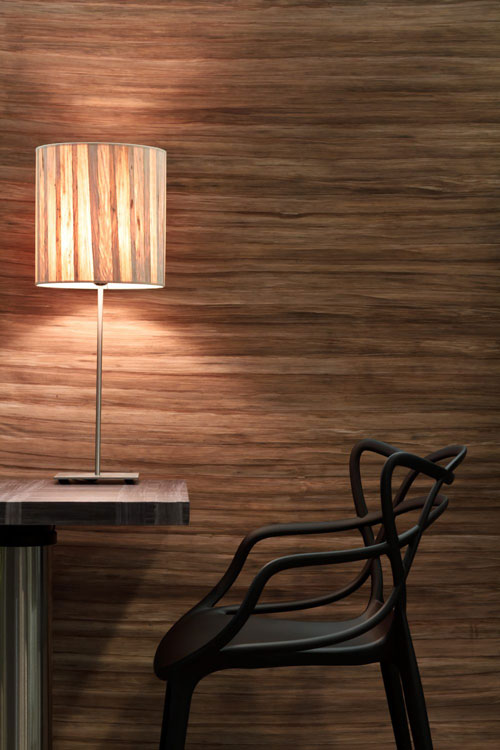
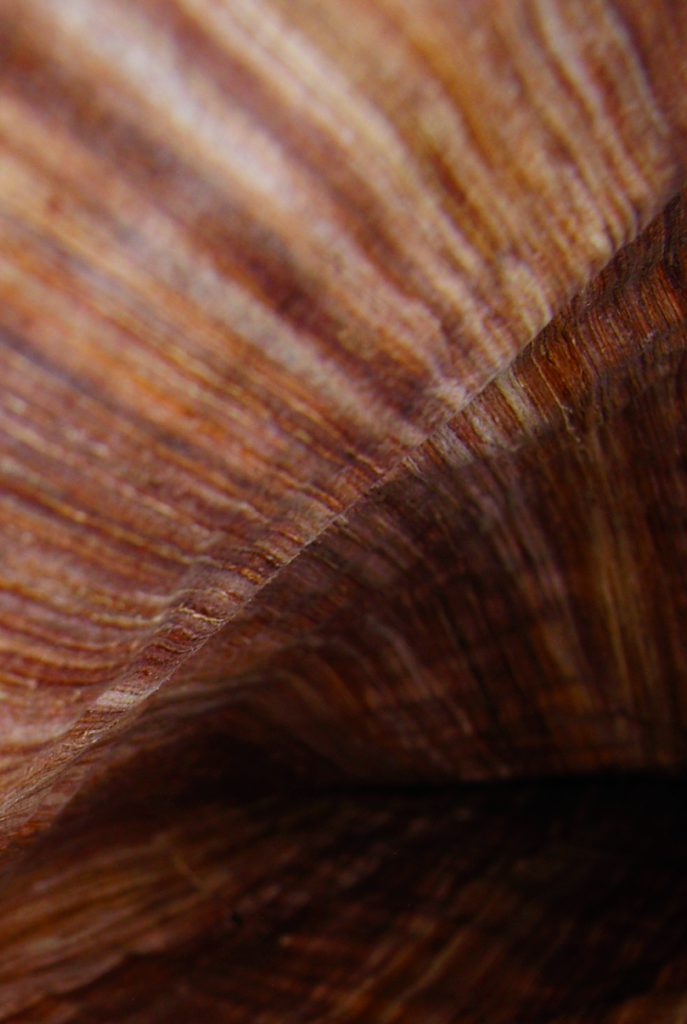
Seaweed is used to create biodegradable packaging that “disappears” after use, without creating an environmental burden.
Notpla is a sustainable packaging startup founded in 2014 that proposes to “make packaging disappear”.
The Notpla team is a combination of designers, chemists, engineers and others creating packaging solutions made from seaweed and other natural materials as an alternative to single-use plastics.
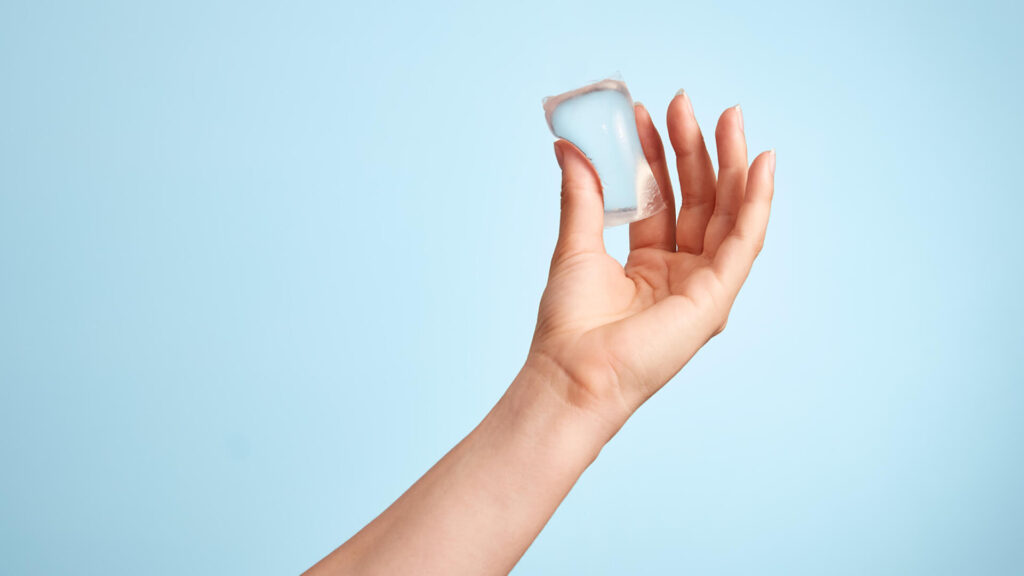
The design team also uses the material to create film coatings for takeaway boxes that biodegrade in 4-6 weeks. notpla also created the Ohoo project company to provide ready-to-eat bags filled with sports drinks for runners during the London Marathon.
Notpla Ooho is an edible packaging, 100% natural. It has been expanded into several innovative solutions.
Notpla creates biomaterials that can become packaging for beauty products such as shampoo and shower gel, in addition to disposable food and coffee instead of packaging.
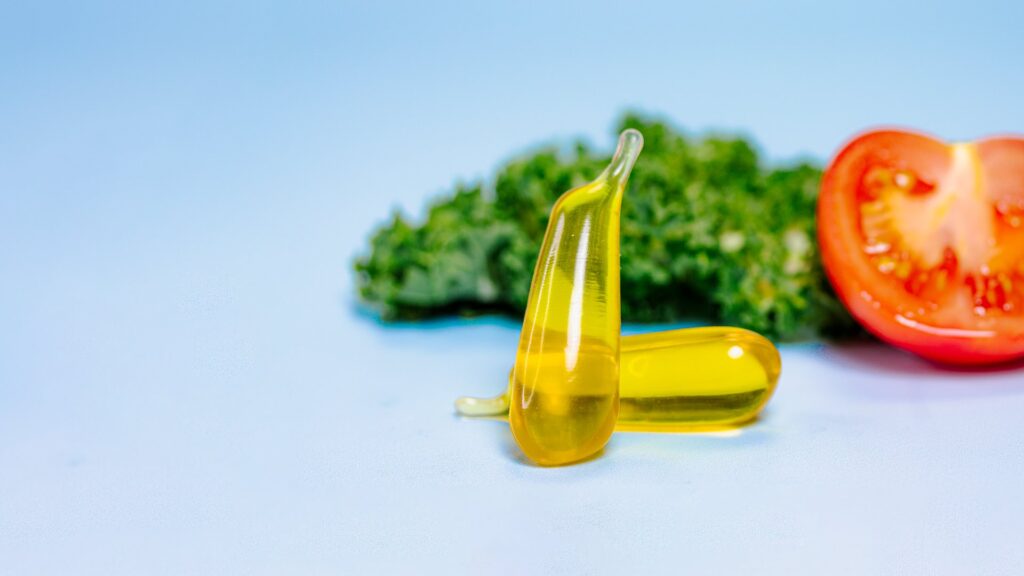
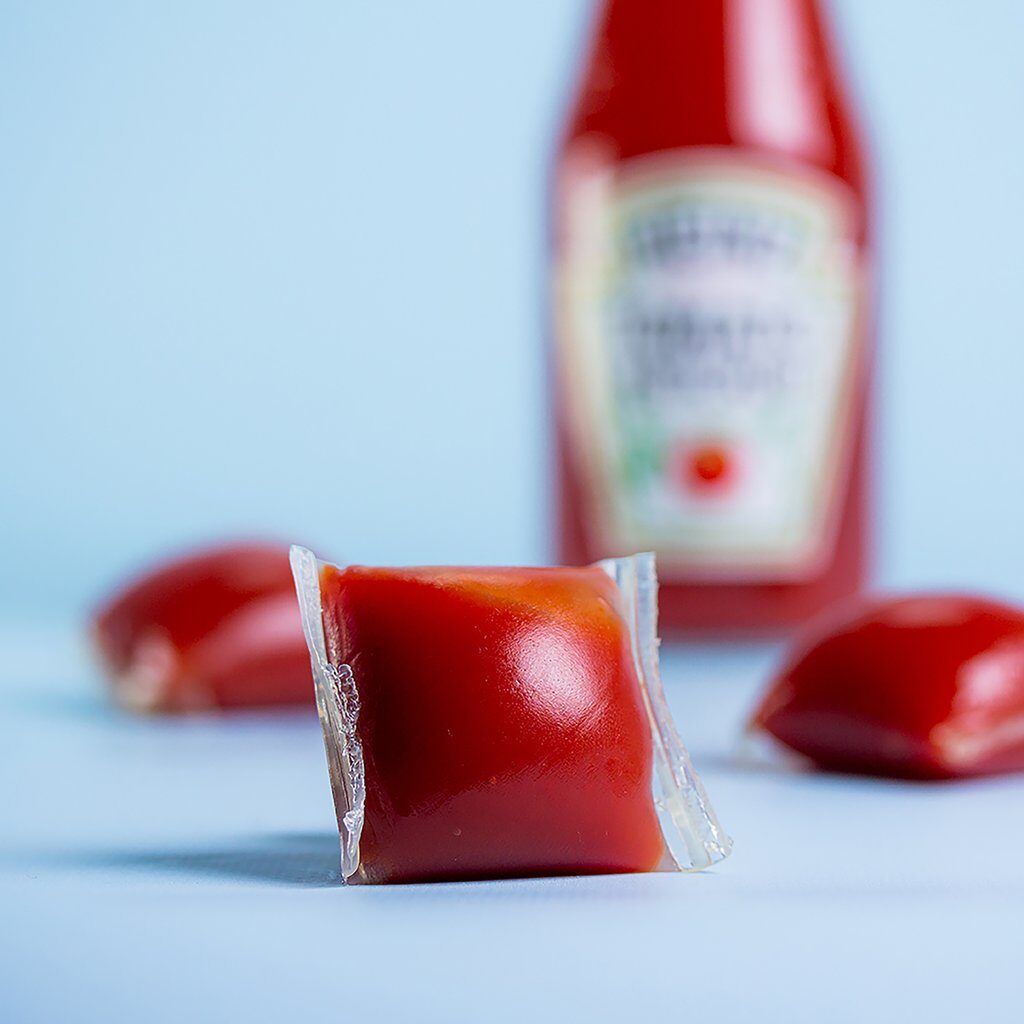
Forest Products Laboratory (FPL) researcher Junyong Zhu, in collaboration with colleagues at the University of Maryland and the University of Colorado, has developed a transparent wood material that could be a window to the future. The researchers found that transparent wood has the potential to outperform the glass currently used in buildings in almost every way.
Their findings are published in the Journal of Advanced Functional Materials in the paper “Transparent, Strong and Insulating Clear Wood for Energy-Efficient Windows.
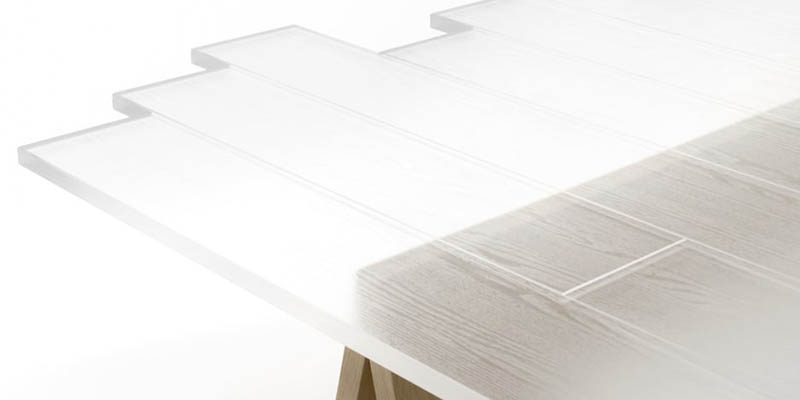
Transparent wood is a new type of material that can replace the traditional glass. Its appearance has turned the world’s traditional perception of wood upside down, creating a new world in the world of wood use and materials.
Transparent wood is formed by using natural wood, removing lignin and other light-absorbing components that show color, and then using a composite material that retains the original skeletal structure of the wood.

Transparent wood is also not fully transparent but presents a high-level translucent frosted texture with, a light transmission rate of up to 90%, to a great extent to ensure indoor lighting, but also to protect privacy.
For designers who are sensitive to the use of light and space, the emergence of transparent wood can bring designers better creative inspiration and user experience.
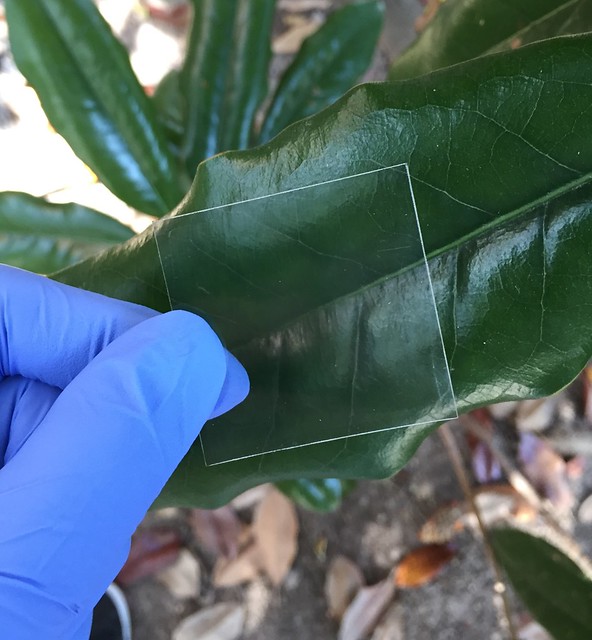
Why is clear wood an alternative to glass for architecture and decoration?
When transparent wood is used in architecture and interior design, it can significantly reduce the amount of energy used to maintain room temperature in buildings. In colder or hotter areas, clear wood can provide excellent insulation, allowing people inside the building to see the light and feel the comfort of the environment.
There is no doubt about the pursuit of sustained economic growth and its significant impact on our environment and society. Globally, awareness of the need for sustainable development is growing and the principles of sustainable development are entering national and international policies. As the population continues to grow and we all seek to improve our environment, creating significant additional demands on resources, sustainability becomes a key focus of any and all design more important and necessary than ever.
Based on the many outstanding properties of cork, the cork can be made into cork fabrics, cork sports products, cork bags, etc., which are considered one of the best alternatives to leather.
Choose the right cork products to promote your low carbon sustainable project.

To save you time, we have also prepared PDF versions of all product catalogs
Download all products as a PDF
Download all products as a PDF
To save you time, we have also prepared PDF versions of all product catalogs, only leave your email and you will get the download link immediately.
Contact us to get a free quote and more expertise about cork fabric. Your project will meet a right solution with HZCORK.
